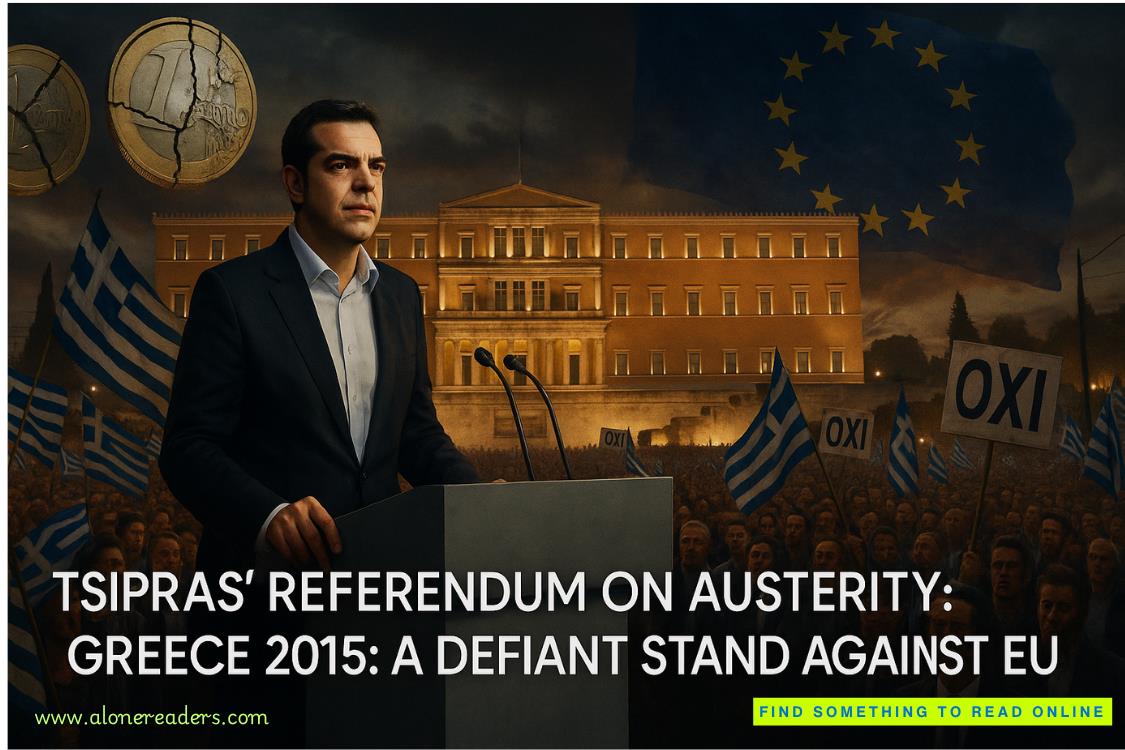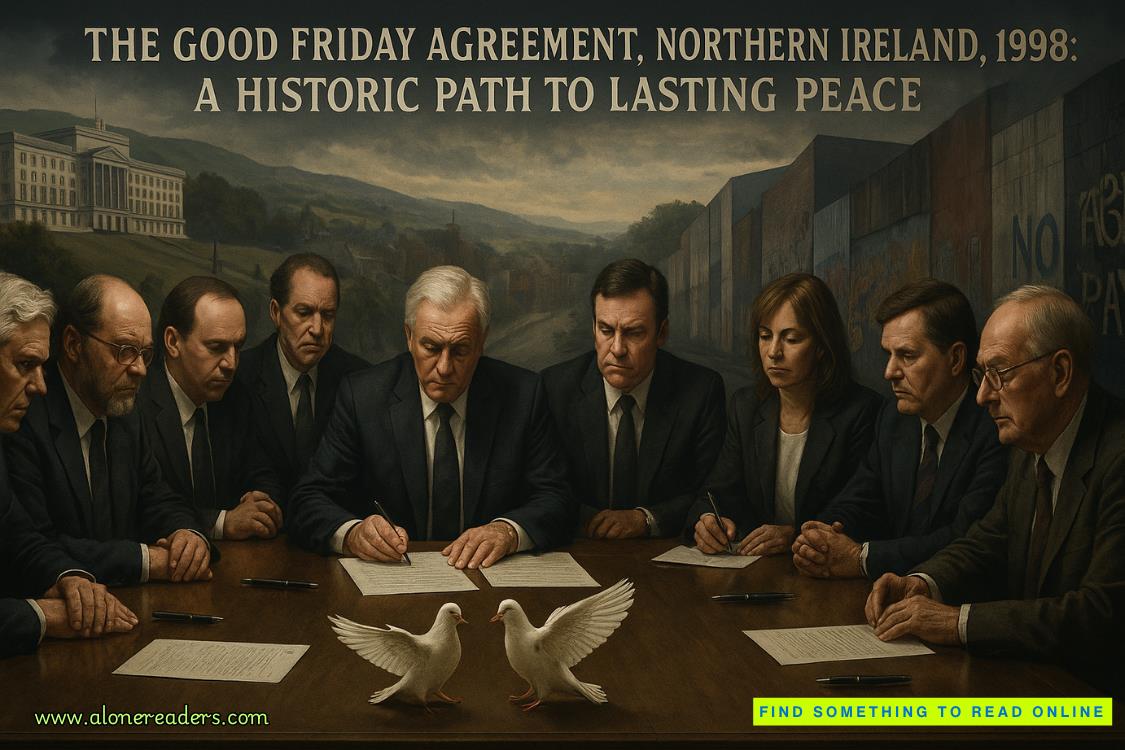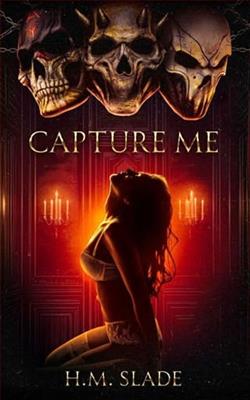Page 104 of An Inside Job
Donati lit a cigarette before answering. “One reads numbers in the less reputable press that bear no resemblance to the truth. Oh, I suppose we could dispose of all of our churches, convents, monasteries, schools, and hospitals, and it might add up to two or three hundred billion dollars. But we can’t exactly sell St. Patrick’s Cathedral to a property developer, now can we?”
“You’re avoiding my question.”
“Let’s call it twenty billion, give or take. Most of the money is controlled by the Vatican Bank and something called the Administration of the Patrimony of the Apostolic See.”
“How much does Cardinal Bertoli control?”
“Approximately three billion dollars.”
“That’s more than most professional fund managers handle.”
“Cardinal Bertoli has an experienced outside adviser looking over his shoulder, a man named—”
“Nico Ambrosi.”
Donati frowned. “How did you know that?”
“Ambrosi was the middleman in the purchase of the building in New Bond Street. My friends in the Carabinieri say his primary client is the Camorra.”
“Nico Ambrosi is a practicing Catholic who has proven to be an effective steward of our money.”
“How do you explain the New Bond Street deal?”
“That building is one of our most profitable ventures.”
“In that case, why did Vatican Incorporated default on the loan?”
“It didn’t. In fact, our most recent quarterly report indicates the property is generating higher-than-expected revenue.”
“And who prepared the quarterly report?”
“Cardinal Bertoli, of course.”
Gabriel allowed a silence to settle over the room.
“Careful,” said Donati at last. “You’re leveling a very serious accusation against a high-ranking prelate. All without a shred of proof.”
“I am doing no such thing. I would, however, like to see all the quarterly reports prepared by Cardinal Bertoli since his elevation to the post ofsostituto.”
“I’m sure you would,” said Donati.
“I’ll also need to have a look at the cardinal’s account at the Vatican Bank.”
“Good luck with that.”
“Someone is lying, Luigi. And I have a feeling I know who it is. Let me see the quarterly reports. I’m sure I’ll be proven right.”
“You’re infallible, are you?”
“Only in matters involving my friend the supreme pontiff.”
Donati looked at Father Keegan. “Get him everything he needs.”
***
But where to stash the Leonardo? That was the question that Gabriel and the Holy Father debated while Father Keegan went in search of the documents. His Holiness was of the opinion that the painting should be returned from whence it came—namely, the underground storerooms of the Vatican Museums. Gabriel respectfully disagreed. There was little chance, he argued, that the painting’s recovery would remain a secret for long if it were returned to the museum. Furthermore, there waseverychance that the news might reach the ears of the very men who had stolen the painting in the first place, including Cardinal Bertoli.
It was at this point that His Holiness reminded Gabriel that Cardinal Bertoli, a prelate with a spotless record, was deserving of a presumption of innocence. His Holiness conceded, however, that present circumstances warranted an unusually high degree of secrecy, perhaps even a touch of deception. That was because Cardinal Bertoli was responsible for the day-to-day operations of the Curia and the city-state and had the place wired to the hilt.















